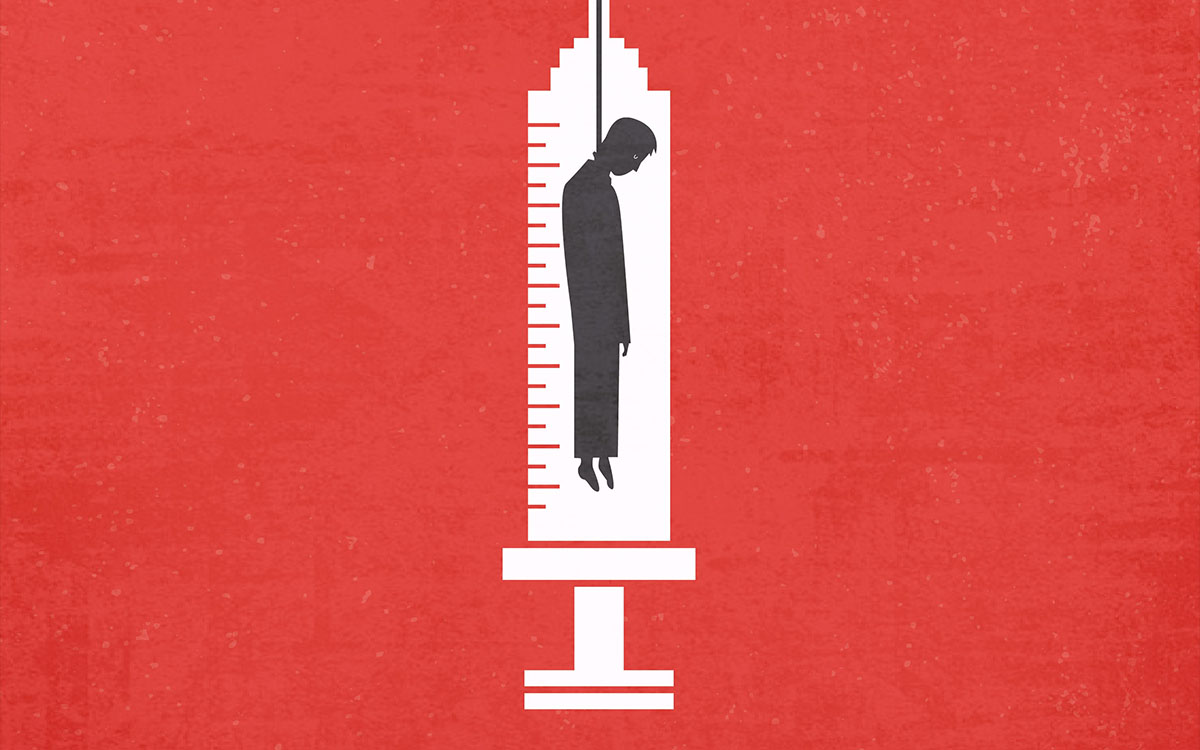if it’s good in enough in court…

When you find yourself debating with a crank who doesn’t have the slightest bit of evidence except anecdotes of questionable origin, you’ll often hear him invoke the idea that anecdotal and circumstantial evidence is good enough for court so it should be good enough for you. If people face the death penalty after eyewitness reports place them committing gruesome slayings, surely that must be plenty for an Almighty Scientific Establishment to accept the validity of these anecdotal claims. The problem with this train of thought is that innocent people get convicted on shaky eyewitness testimony and courts sometimes have serious issues with experts who’s scientific knowledge is supposed to corroborate all of the supposedly reliable eyewitness testimony.
Take for example the case of Cameron Todd Willingham who found himself on trial for killing his children in a fire he supposedly set. The arson investigator turned out to have no scientific training, relying on what were basically old wives’ tales about how fire burns and spreads and finding “telltale sings of arson” in just about every fire he ever studied. The psychologists who were supposed to speak to Willingham’s character used a series of rather pathetic, tired stereotypes without even having the decency to meet the man they said should be put to death. And it wasn’t just Willingham’s life with which they casually played. Their offenses were so great, the boards who oversaw them eventually banned them from giving expert testimony in court, citing very disturbing patterns of abuse. The eyewitness testimony was also found to change radically after the media’s usual practice of trying suspects before they even appeared in court.
After over two decades on death row, real experts who reviewed Willingham’s case found plenty of evidence to doubt that he had anything to do with the fire that killed his children. In fact, everything they found lead them to conclude that the fire was an electrical accident and the testimony used to sentence Willingham to death was based by aggressive media accounts and junk science. But despite their findings, the Texas review board just faxed in its death order without taking any time or effort to look at all the evidence for his innocence, killing an innocent man based on shoddy procedure and evidence that was just fine for the courtroom but by science’s standards was downright pathetic and atrocious. Science would’ve saved Willingham. The courts killed him in the name of the public good based on inconsistent testimony and pseudoscience.
And let’s keep in mind that his case is not the only one. According to The Innocence Project, there were some 242 exonerations in the U.S. based on analyzing DNA evidence alone. Thanks to a combination of ambitious lawyers, bad investigations, unreliable testimony, junk science and wrongful confessions, there could easily be hundreds of other people languishing behind bars for crimes they didn’t commit all based on a standard that was “good enough for the court.”





